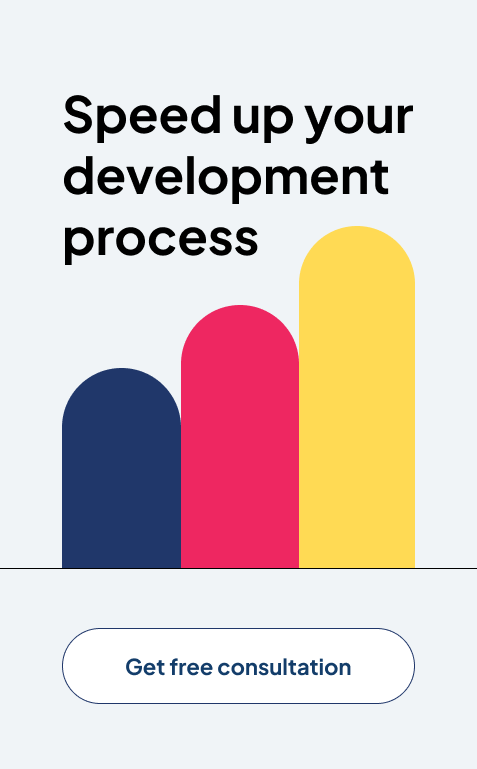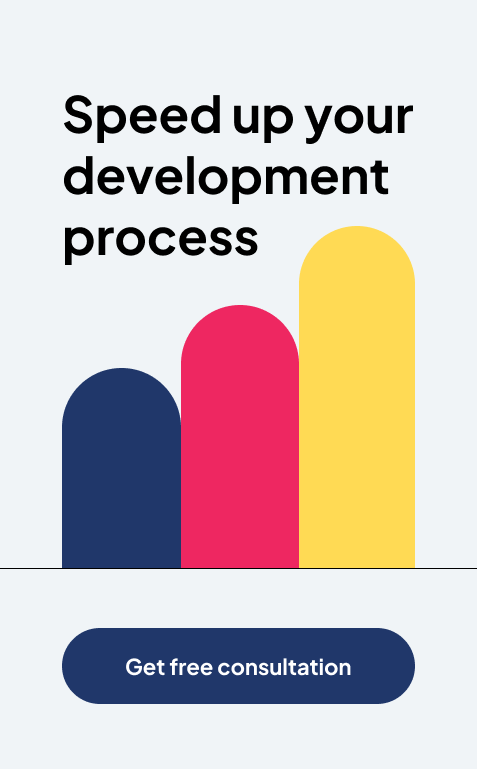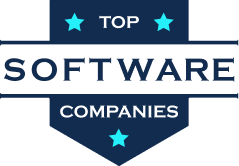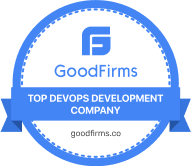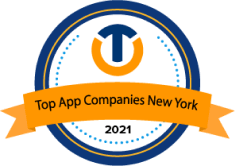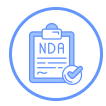How to Bootstrap a SaaS Startup in 2025- A Detailed Guide

Ever wondered how smoothly companies like Zoho, Mailchimp, Zapier, Basecamp, etc., bootstrapped a SaaS startup and are now thriving in the market? Such examples uncover the majestic potential of operating businesses without external funding via bootstrapping. It is often the smarter way to build.
Would you believe, this is possible and profitable even in 2025? It lets you:-
- Stay 100% in control of your business.
- Build something profitable from day-1.
- Move faster with approval loops or dilution.
- Prioritize real users over pitch decks.
Since the 19.38% CAGR till 2029 has offered opportunities for innovative startup solutions to grow and flourish, you can succeed without relying on outside investors.
Let’s walk through every critical step to scale your SaaS startup without spending more than you can afford.
What Does Bootstrapping a Startup Mean?
So, you are planning to bootstrap a SaaS startup? It refers to starting and growing your startup using your savings and the revenue your business generates. Hence, you have to be resourceful, committed, and operate on internal cash flow to drive growth. This approach offers full control and reduces the chances of diluting ownership, therefore minimizing the amount of risks involved.
The Bootstrapping Mindset – Think Like a Scrappy Founder
Bootstrapping isn’t about being cheap, but it’s about being strategic. In 2025, founders are building profitable SaaS products without outside money and making it work.
75% of SaaS startups that hit $1M ARR in 2024 were bootstrapped or indie-built. Take a look at how bootstrapped founders think:-
- Solve Real, Painful Problems :- No fluff, no gimmicks. If people complain about it online and pay for clunky tools, there’s room for you.
- Launch Fast, Improve Later :- Your MVP doesn’t need to impress, it just needs to work. Real users will tell you what matters.
- Make Money Early :- No freemium trap. Charge from day one. Profitability is your fuel.
- Keep Costs Almost Zero:- Use free tools, no-code builders, and AI to cut dev time and expenses.
- Do What Doesn’t Scale At First:- Talk to users. Support them yourself. These insights are better than any dashboard.
The Real 2025 Blueprint— Bootstrap Your SaaS Without Burning Out
In 2025, bootstrapping isn’t about being broke; it’s about being in control.
The smartest founders are skipping investors and launching SaaS products using no-code tools, AI builders, and lean tactics. This shows you don’t need millions, but you need momentum.
Bootstrapping works best when you’re ruthless about value and relentless about shipping. Let’s move to the step-by-step guide next. Here’s the real and modern roadmap.
- Start With a Pain, Not a Passion
Forget what you love and try to find what people hate doing manually, so you can fix that with software.
Go where complaints live: Reddit, Capterra reviews, X (Twitter), or Slack groups.
- Throw Up a One-Pager Fast
No product? No problem. Build a landing page that sells your solution in 3 scrolls. Collect emails. Ask for feedback.
Tools: Carrd, Tally.so, Framer AI
- Use Figma to Fake It
Mock up the UI like it’s real. Walk users through it live or via Loom and enjoy their reactions.
- Say No to Feature Creep
Your MVP should do one thing insanely well. No settings page and no analytics. Solve the problem and stop.
- Build Fast and Stack Smart
Use tools that save dev time:
- Firebase / Supabase
- Retool or Bubble
- AI-generated backend scripts
The Goal: building a working software as soon as possible.
- Let Users Pay You Early
Yes, before you’re ready. Add Stripe or other payment platforms. If no one pays, even $1, it’s not real validation.
- Drop It in the Wild
Soft-launch on Indie Hackers, Reddit, Hacker News, and Twitter/X. Real feedback > silent, perfect build.
- Hand-Hold Every User
Do 1:1 onboarding. Jump on a call and record their screen. Learn what confuses, delights, or bores them.
- Track What Moves the Needle
Here, only three metrics matter early:
- Signups
- Activation rate
- Paid conversions
And, ignore followers, likes, and pageviews.
- Ship, Ship, Ship
Update weekly, even small tweaks show the momentum. Tell users what’s new because transparency builds loyalty.
- Automate Like a Lazy Genius
Set up auto-onboarding, alerts, and follow-ups. Your future self will thank you.
- Hire Help Only for Gaps
Don’t hire a team; instead, hire output. Need a dashboard? Pay a freelance dev. Need a logo? Grab a 24h design gig.
- Plug Into Founder Circles
Join communities like MicroConf, ProductHunt Makers, and Indie Hackers. Feedback, collabs, early users.
- Reinvest Profit and Not Ego
If you get paid, spend it on speed, design polish, dev time, or automating ops. Not on office chairs.
- Think Scale Early, But Not Big
Clean code, real domains, backups, and documented flows. You don’t need to look big, but, you need to stay alive.
- Default to Trust + Privacy
No one’s too small for data protection. Use encrypted storage, secure auth, and clear privacy terms from day 1.
| Pro tip:
“Bootstrapper advantage? You’re faster, closer to the customer, and have zero red tape. Use it.” |
Why Bootstrapping a SaaS in 2025 Is a Superpower?
In an era where venture capital is tightening and founders are under pressure to scale fast or die trying, bootstrapping stands out as a strategic advantage, not a fallback.
Here’s why building your SaaS business lean, independent, and customer-first is the smartest move in 2025.
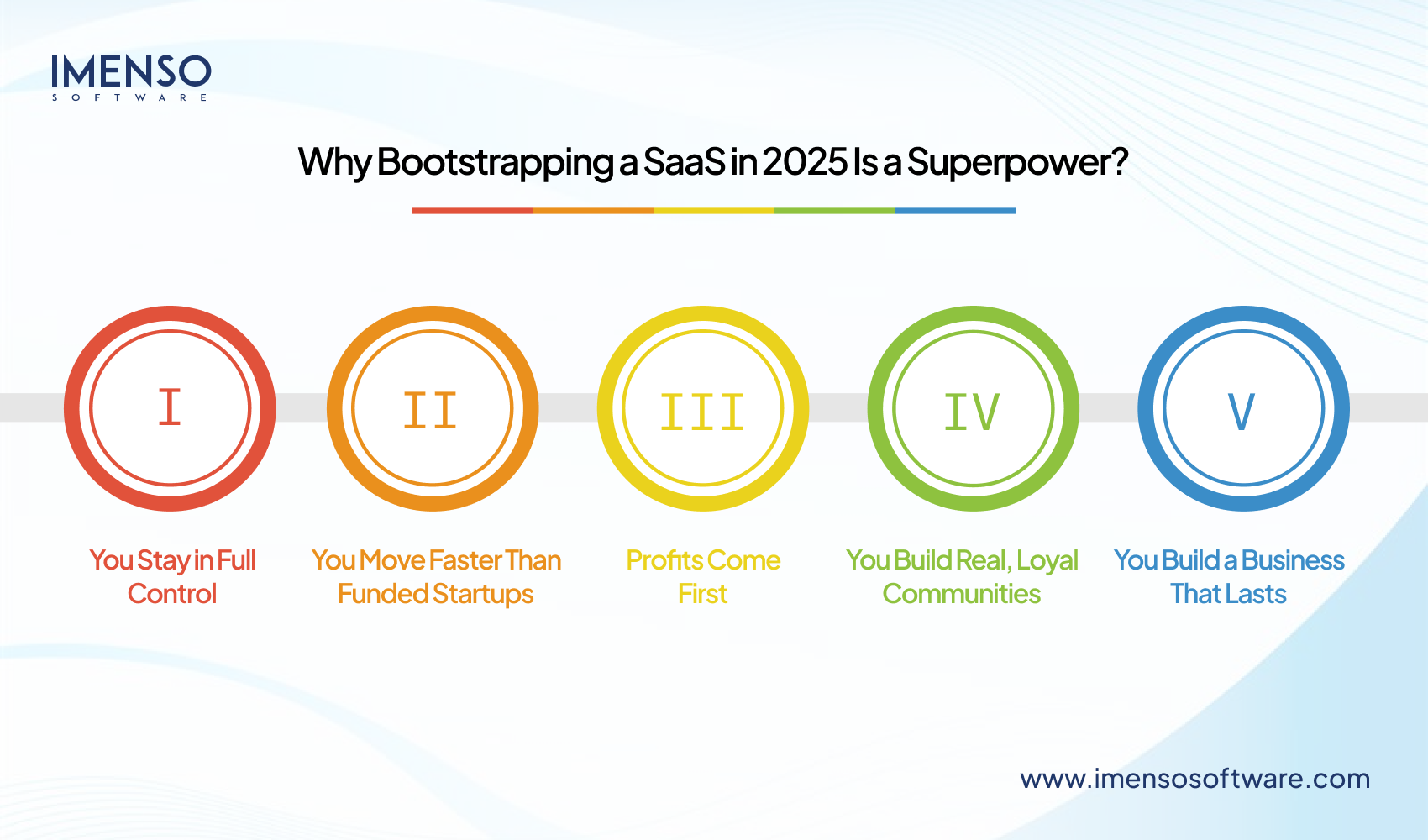
1. You Stay in Full Control
No investors mean no diluted vision. So, You decide:
- What gets built
- Who you serve
- When (or if) you scale
Your product evolves for customers, not for quarterly VC metrics.
| 🧠 Fact:
Founders who own 100% equity are 3x more likely to build sustainable, profitable companies. |
2. You Move Faster Than Funded Startups
Bootstrappers don’t wait for approvals or board meetings.
They build, Ship, Learn, and Repeat.
Your lean structure means:
- Less process and more momentum
- Faster pivots based on user feedback
- More launches per year
In a world obsessed with speed, you have the edge.
3. Profits Come First
Venture-backed startups chase user growth. Bootstrappers chase value creation. Here, every dollar counts, and every customer interaction matters. That makes your product sharper and your business healthier.
| Result:
Bootstrapped SaaS startups are 2x more likely to hit profitability by year two. |
4. You Build Real, Loyal Communities
Without ad budgets or PR machines, bootstrapped founders grow by:
- Building in public
- Sharing progress transparently
- Listening obsessively to users
This creates tribes of loyal customers who stick around and spread the word.
5. You Build a Business That Lasts
The average VC-funded startup is optimized to exit. A bootstrapped SaaS is optimized to last.
That means:
- Long-term customer value is always greater than flashy growth
- Profitable stability matters more than chaotic scale
- Work-life freedom is a priority over endless fundraising
In 2025, bootstrap isn’t a buzzword, it’s a moat.
It lets you:
- Launch with freedom
- Scale on your terms
- Build something meaningful and profitable
You don’t need millions in funding.
Actually, you only need one real problem, ten loyal users, and the drive to solve it better than anyone else.
Common Pitfalls to Avoid When Bootstrapping a SaaS
Bootstrapping gives you control, but it’s not always smooth sailing. Many first-time SaaS founders make avoidable mistakes that stall progress or kill momentum.
Here are the 7 most common pitfalls to steer clear of in 2025 and how to beat them.
1. Building Before Validating
Mistake: Spending weeks (or months) coding an MVP before knowing if anyone wants it.
Fix: Validate with a landing page, waitlist, or mockups. No feedback? Don’t build yet.
Consider This:- “Build it and they will come” rarely works, so test the market first!
2. Solving a Problem That’s Too Niche or Nonexistent
Mistake: Solving a problem that no one cares enough about to pay for.
Fix: Look for pain, urgency, and spending habits. If people are Googling hacks or workarounds, that’s gold.
3. Overbuilding the First Version
Mistake: Spending too long perfecting features instead of launching something useful and fast.
Fix: Ship a single-use MVP. Let user feedback guide what comes next.
Consider This:- Airbnb launched with just a photo, a form, and a payment button.
4. Ignoring Distribution Early On
Mistake: Focusing 100% on building and 0% on marketing or audience.
Fix: Build in public. Post updates. Share learnings. Start growing your community early.
5. Undercharging (or Never Charging)
Mistake: Waiting too long to monetize or pricing too low out of fear.
Fix: Charge something, even $5. Early revenue means validation. So, you can iterate pricing later.
Consider This:- If no one’s willing to pay, you don’t have a product, you have a hobby.
6. Burnout from Wearing Every Hat
Mistake: Trying to be founder, coder, designer, marketer, support rep, all at once.
Fix: Use AI tools, automate, and outsource one task at a time. You can’t scale if you’re exhausted.
7. Comparing Yourself to VC-Backed Giants
Mistake: Feeling behind because you’re not growing 10x every quarter.
Fix: Remember, profitability is freedom. You’re playing a different game. Win it on your terms.
Most bootstrapped SaaS failures aren’t tech problems; they’re strategy and mindset problems.
Stay focused, validate faster, and remember; if the task is done, is better to choose it rather than procrastinating to chase perfection.
Scaling Post-Bootstrap – How to Grow Without Selling Out?
You’ve built, validated, and launched your bootstrapped SaaS. Revenue’s coming in. Customers love it.
Now what?
Here’s how to scale smartly—without raising VC funding, bloating your team, or losing control.
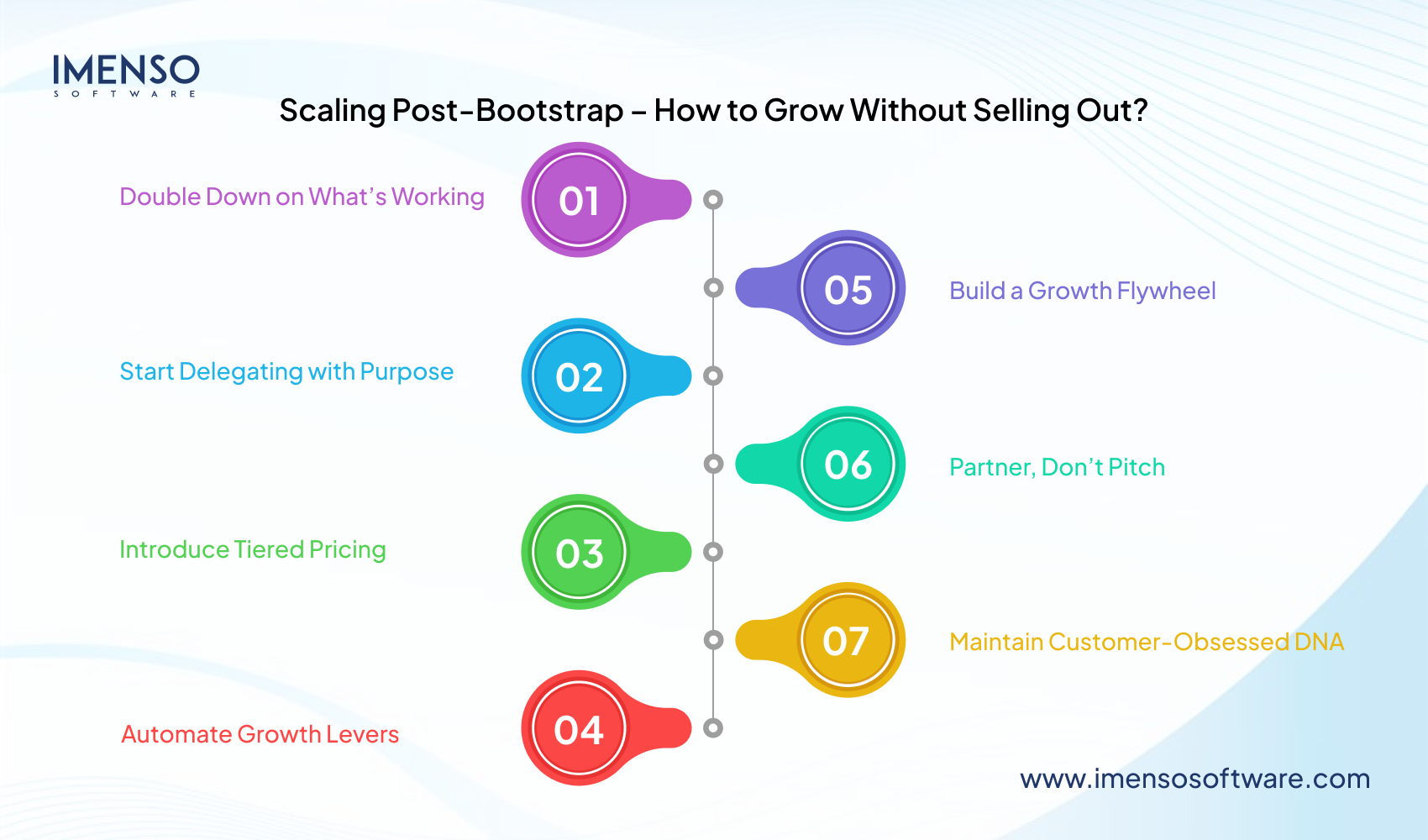
- Double Down on What’s Working
- Don’t reinvent just optimize.
- Study your best-performing acquisition channel, onboarding flow, or pricing tier.
- Put time, money, and attention there before experimenting elsewhere.
For instance, if Twitter/X brings 80% of your leads, double your presence there first.
- Start Delegating with Purpose
As you grow, you need leverage. So, start by outsourcing:
- Customer support
- Design improvements
- Content marketing
- QA testing
Use platforms like Upwork, Contra, or Lemon.io, but always document everything.
This will give you time to invest in your vision and goals.
- Introduce Tiered Pricing
As customers grow, their needs (and budgets) change. So, add a pricing ladder:
- Solo → Team → Enterprise
- Monthly → Annual discounts
- Add-ons (e.g., analytics, integrations, white-label)
| Bonus:
Add one expensive plan—even if only 5% use it, it lifts average revenue. |
- Automate Growth Levers
Automation refers to scale without burnout.
- Automate onboarding emails (ConvertKit, Mailerlite)
- Use referral tools (Rewardful, Viral Loops)
- Set up in-app guides (Userflow, Intercom)
- Track behavior (PostHog, Mixpanel)
Scale like a team of 10, even if you’re still solo.
- Build a Growth Flywheel
Instead of ads, focus on compounding loops:
- Content → SEO → Trials → Feedback → New content
- Free tools → Email list → Product demos
- Build in public → Community → Word of mouth
Flywheels work while you sleep and grow stronger with time.
- Partner, Don’t Pitch
Skip the investor deck. Form growth partnerships instead:
- Integrate with popular tools
- Get listed in marketplaces (e.g., HubSpot, Shopify, AppSumo)
- Co-market with creators, micro-influencers, or newsletter owners
Consider This:- Distribution partnerships give you reach without ad spend.
- Maintain Customer-Obsessed DNA
Even as you scale, keep talking to users. Add structured feedback loops:
- Monthly interviews
- “Cancel surveys” to reduce churn
- Feature voting boards or Slack communities
Consider This:- Retention is the new growth. Delighted users bring friends.
Scaling doesn’t mean raise big and hire fast. It means refining what works, automating what doesn’t, and growing with your customers, not without them.*
Scaling Post-Bootstrap – How to Grow Without Selling Out
Bootstrapping gets you to product-market fit. But what happens next?
You’ve built something users love, revenue’s rolling in, and now you’re wondering: how do I grow without giving up equity or burning out?
Here’s how you can scale lean, profit-first, and on your own terms.

- Find and Focus on Your Growth Engine
What’s your best-performing acquisition channel, content, SEO, community, or referrals?
Do more of that before chasing shiny tactics. Refine the channel that works, make it repeatable, and systematize it.
Example: A SaaS founder doubled MRR in 6 months by turning high-performing blog posts into automated lead magnets.
- Buy Back Your Time to Do One Task at a Time
As revenue increases, so should your leverage. Start delegating:
- Support
- Social media
- Design tweaks
Every hour you save is an hour spent on strategy and growth.
- Upgrade Your Pricing Strategy
Pricing isn’t static, it’s a powerful growth lever. Ways to scale without adding new features:
- Add tiered plans for teams
- Offer usage-based pricing or credits
- Introduce a high-value annual plan
- Use charm pricing (e.g., $29 → $27)
SaaS companies that revisit pricing quarterly grow 30% faster.
- Automate Like a Team of Ten
Automation helps you grow efficiently without bloating your ops. Must-have automations:
- Onboarding sequences
- Payment recovery emails
- In-app product tours
- Feature announcement
Think of automation as your silent co-founder.
- Build a Sustainable Growth Loop
A flywheel compounds over time. Unlike ads, it gets better the more you use it.
Examples:
- Publish free tools to capture leads and convert them to paid
- Engage users on Twitter to invite them to the newsletter and upsell the product
- Launch on Product Hunt to get early feedback, to create better features and launch again
Your Growth loops always pay better than your growth hacks.
- Create Smart Partnerships
Strategic partnerships can 10x your reach without spending a dime. Partner with:
- Complementary tools
- Influencers or micro-creators
- Industry newsletters and YouTube channels
- SaaS directories or AppSumo
Find an answer to: Who already has my audience, and how can we both win?
- Strengthen Your Customer Community
A loyal community is your best retention strategy. Start small:
- Private Slack/Discord
- Customer spotlight newsletters
- Webinars or roadmap previews
People don’t just buy software, they join movements.
- Avoid Growth That Breaks You
Not all growth is good. Too many features, too many customer segments, or high-churn channels can drain your focus.
Say “no” more often than “yes” at this stage. Guard your momentum.
Scaling post-bootstrap isn’t about acting like a VC-backed startup.
It’s about growing intentionally, preserving your freedom, and reinvesting into what makes your business strong your product, your users, and your time.
Bootstrapping Is the Ultimate Power Move
In 2025, bootstrapping your SaaS startup isn’t a fallback, it’s a strategic choice. While others scramble for funding rounds and sky-high valuations, you’re building something real, profitable, and sustainable. You don’t need flashy investors or endless meetings. What you need is:
- A problem that truly matters
- A simple solution that people want
- A steady focus on customers and cash flow
- The patience and grit to keep going
So, you can give yourself the freedom that no investor can offer you.
The real win? Owning 100% of your company, making decisions on your terms, and building a lasting business.
So, no more waiting. No more excuses. It’s your time to build, grow, and thrive your way.
Frequently Asked Questions (FAQs)
1. What does it mean to bootstrap a SaaS startup?
Bootstrapping means building and growing your SaaS business using your resources and revenue, without outside funding from investors or venture capital.
2. Is bootstrapping possible in 2025?
Absolutely! Many successful SaaS companies today started with no external funding. It requires focus, smart growth, and patience, but it’s more than doable.
3. How do I validate my SaaS idea before building?
Start with market research, surveys, or landing pages to gauge interest. You can also create MVPs or mockups and get early feedback from potential users.
4. When should I start charging for my SaaS product?
As early as possible. Even a small charge proves people value your product and helps you generate revenue for growth.
5. How can I grow my SaaS without raising funds?
Focus on optimizing your best marketing channels, automating repetitive tasks, delegating, building partnerships, and creating strong customer communities.
Want more information about our services?
Similar Posts

Best Practices for Streamlining Your Supply Chain Management
According to a study, only 21% of supply chain leaders at present are confident that they have a high level of resilience needed in the supply chain process. Have you ever considered how your services can be delayed even if you go over everything in detail? Are you experiencing unnecessary time lags and excessive costs […]...

How to Build a Scalable Customer Acquisition Plan
In 2012, Dropbox had a tough nut to crack: how to increase users without spending too much. They did it by introducing an ingenious referral program where users got additional free storage space for inviting friends. This helped them increase their users from 100,000 to 4 million in a remarkable time frame of 15 months. […]...
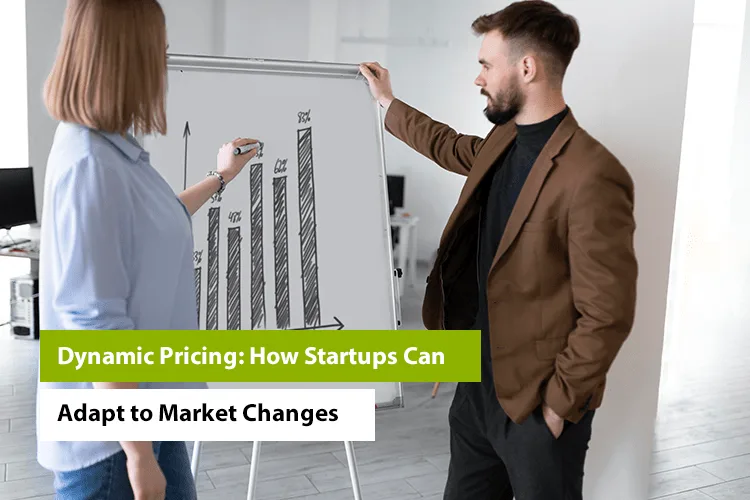
Dynamic Pricing: How Startups Can Adapt to Market Changes
Uber had a serious issue in 2016. Prices went up during rush hours or bad weather. Riders were unhappy. But Uber made a smart move. They changed their pricing system. They made it clearer and fairer. Drivers still got good pay, and riders felt it was fair. This helped Uber keep its customers happy. It […]...
